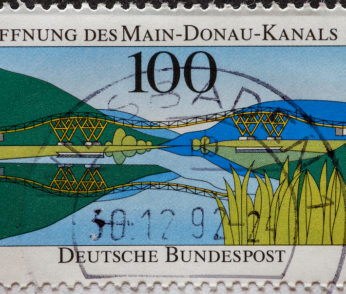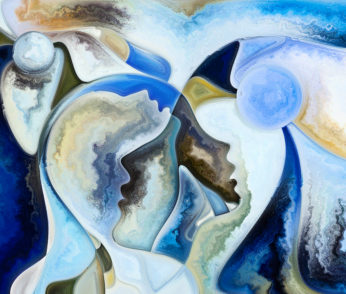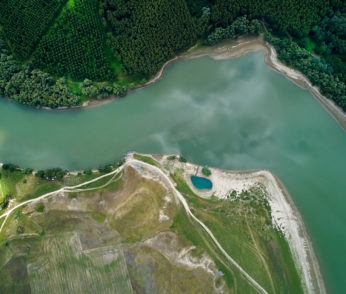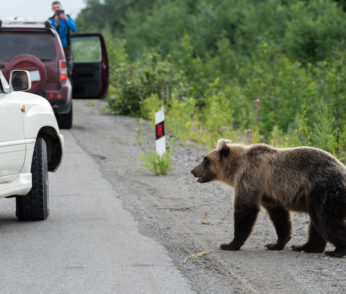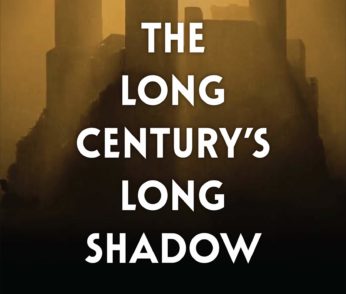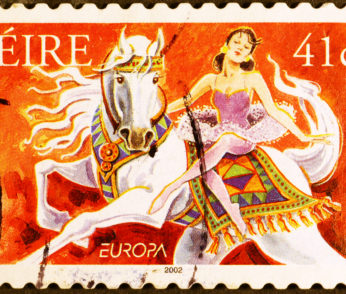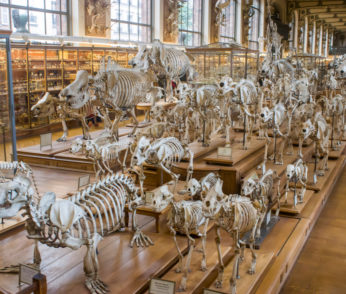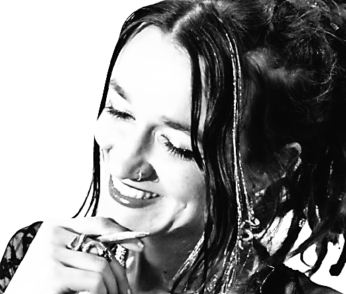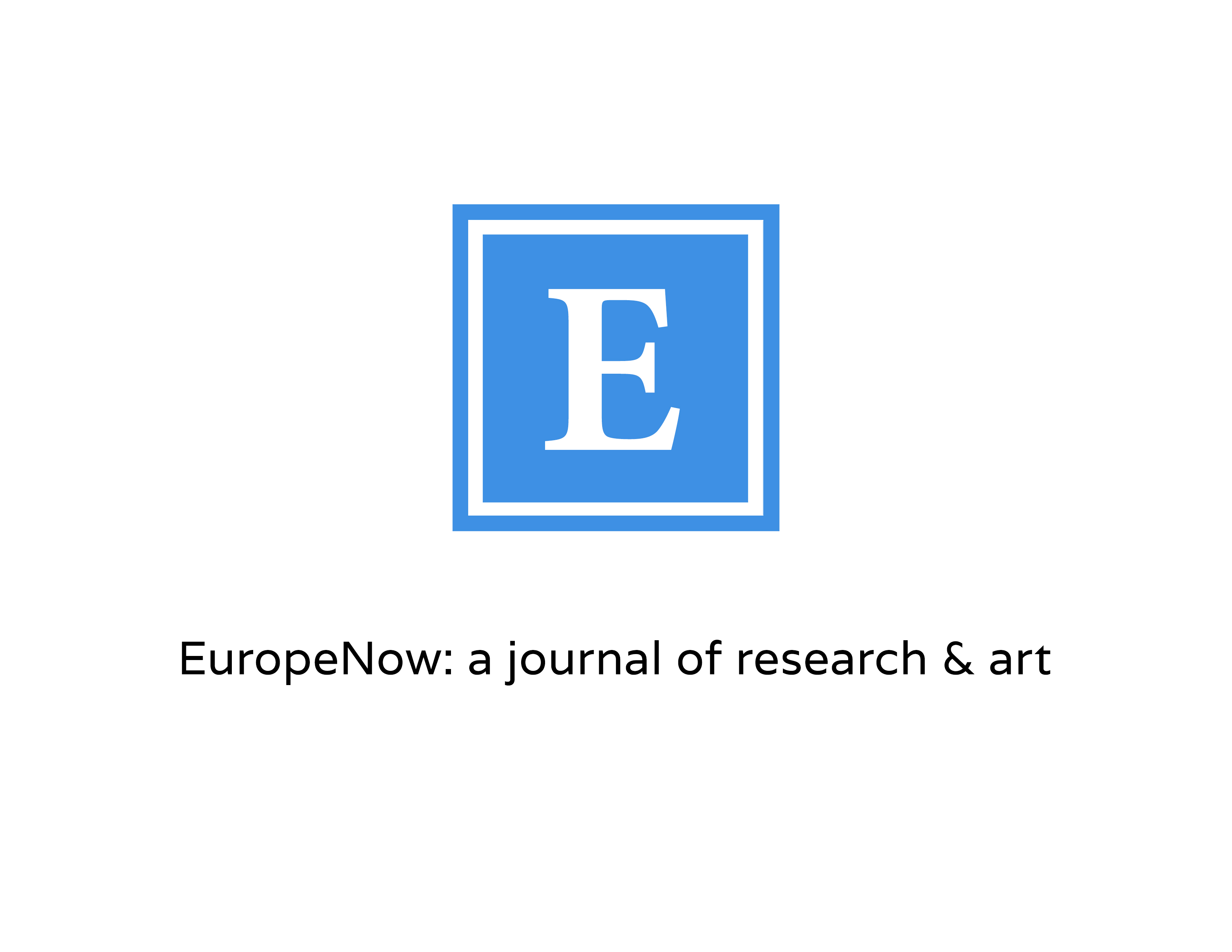By Matthew D. Miller
Part of the “Communities and Identities” component of an undergraduate Core Curriculum program, “Core Danube” explores Europe’s second longest and most interesting river: from its beginnings in the German Black Forest to the Romanian and Ukrainian shores where it meets the Black Sea, the Danube flows through and/or borders ten countries, while its watershed covers four more.

